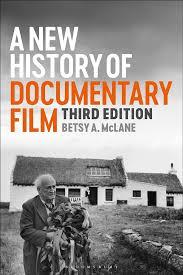Record
Recording 00:00
Commenting has been turned off for this post.
Kategoriler
- Sustainability
- Home
- Wellness
- Theater
- Sports
- Shopping
- Religion
- Party
- Other
- Networking
- Music
- Literature
- Art
- Health
- Gardening
- Oyunlar
- Food
- Fitness
- Film
- Drinks
- Dance
- Crafts
- Causes
Read More
Promoting Electric Vehicles
Promoting Electric Vehicles: A Sustainable Shift from Petrol and Diesel
The transition from...
The autumn season🍁🍂
Autumn is the season that falls between summer and winter. It is also known as fall. In this...
Wellness
Wellness is the act of practicing healthy habits on a daily basis to attain better physical and...
World Elephant Day
World Elephant Day, observed on August 12th each year, is a global event dedicated...
"Success usually comes to those who are too busy to be looking for it." - Henry David Thoreau
"Success usually comes to those who are too busy to be looking for it." - Henry David Thoreau
×
Your daily access limit has been reached. Please try again tomorrow.
© 2025 GoSharpener Pvt.Ltd.
Refund and Cancellation policy - We do not entertain any refunds and cancellation Turkish
Refund and Cancellation policy - We do not entertain any refunds and cancellation Turkish

